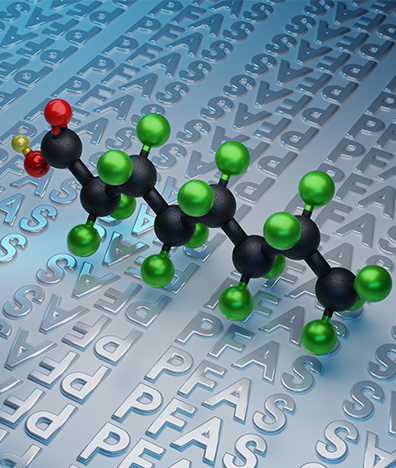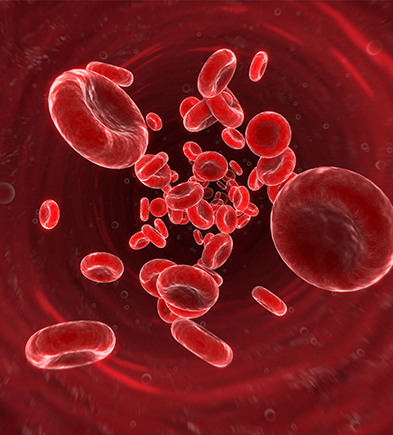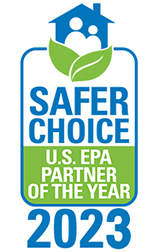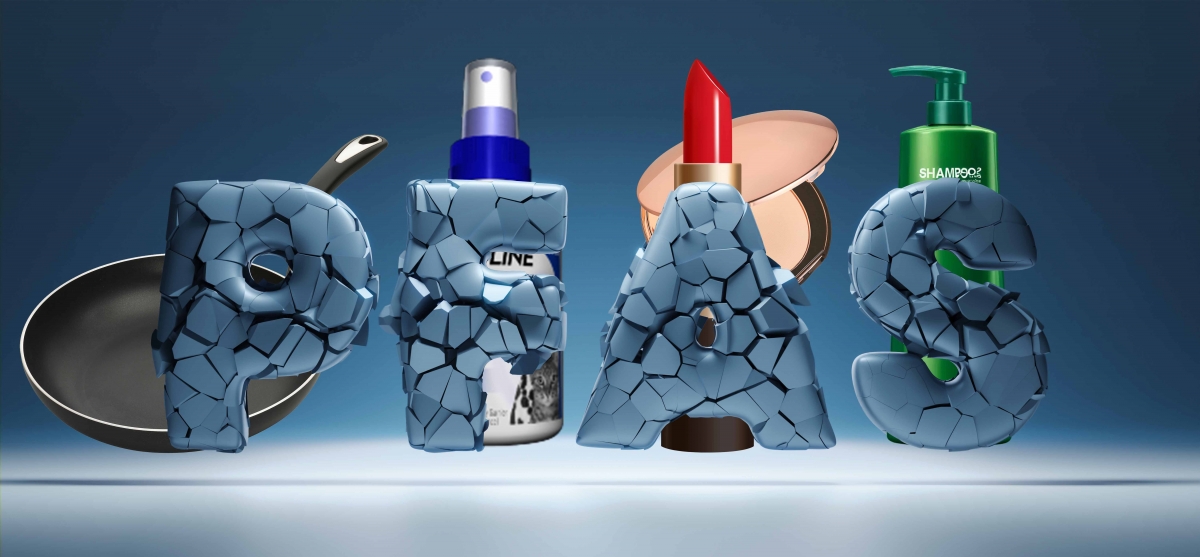
It should freak us out!
I’ve heard and been concerned about ever present PFAS, but it wasn’t until I got an environmentally induced condition requiring surgery, and learned how my dog’s flea and tick repellent included PFAS that I realized that it must be in this week’s blog.
What are PFAS?
Per- and polyfluoroalkyl substances (PFAS) are a large, complex group of synthetic chemicals that have been used in consumer products around the world since about the 1950s. Chemically, individual PFAS can be very different. However, all have a carbon-fluorine bond, which is very strong and therefore, they do not degrade easily. These hormone disrupting chemicals are ingredients in various everyday products. PFAS are found in many consumer products, including those that are waterproof, stain resistant, and non-stick, and they don't break down completely. This means they can linger in the environment and in the human body, where they've been linked to a variety of health problems. They are in dental floss, cosmetics, toilet paper, non-stick frying pans, tap water, pesticides, fish, even Frontline that we’ve used for years to protect our dog from ticks and fleas. And, they are used as coatings for numerous medical devices and pharmaceuticals.


Ever present in our bodies and in our blood
Nearly all people in the United States and animals, too, have measurable amounts of per- and polyfluoroalkyl substances (PFAS) in their blood. It is estimated that these “forever chemicals” are present in the blood of an estimated 98% of Americans and are so worrisome that the National Academies of Sciences, Engineering, and Medicine set nanogram levels of concern for testing of high- risk individuals, including infants and older adults. Pesticides are applied to tens of millions of farm fields across the U.S. in high quantities and can explain some of the unidentified PSFAS contamination found in our waterways. PFAS are a class of about 14,000 chemicals typically used to make thousands of products to resist water, stains and heat. They are found in breast milk and absorbed through the skin.
What is being done about it?
In February 2023, the European Chemicals Agency (ECHA) published a proposal to ban around 10,000 per- and polyfluoroalkyl substances (PFAS). The ban would prohibit the manufacture, use, or placing of PFAS chemicals on the EU market, either on their own or within another substance. In April, the U.S. EPA announced historic rules designed to strictly control five of the most common PFAS in the nation’s drinking water, one of the most common routes of human exposure. https://www.epa.gov/pfas/key-epa-actions-address-pfas Since 2019, the FDA has started advanced testing for PFAS in foods by extending their testing method from 16 to 30 types of PFAS nearly 1,300 samples of foods on the U.S. market. Then, in February 2024, the FDA announced that all grease-proofing agents containing PFAS are no longer being sold in the U.S. https://www.fda.gov/food/environmental-contaminants-food/and-polyfluoroalkyl-substances-pfas

Limit the USE
PFASs affect “every major organ in the human body,” Elsie Sunderland, associate professor of environmental science and engineering in the Department of Environmental Health at Harvard T.H. Chan School of Public Health, reported. “So that is scary for me.” Blood levels of one type of PFAS—PFOS, or perfluorooctane sulfonic acid—have significantly dropped since it was phased out of production around the year 2000. “If you stop producing it, yes, you can still find it,” she said. “But we also saw a very fast and dramatic reduction in both environmental samples and people’s blood.”
Removing PFAS from your water supply
Filtration: While carbon filters can remove PFAS anywhere from a minimum of 73% or more, it needs to be replaced often as PFAS gets trapped in the carbon filter membrane. Reverse Osmosis will filter out the PFAS regardless as it doesn’t get absorbed. Reverse osmosis membranes have openings that are microscopic. You can’t see them and even PFAS are too big to pass through, so there is no accumulation over time or clogging challenges. It continually gets flushed off to the concentrate, and the membrane is just as effective after one year as it is after one day.


What we can do to protect ourselves
First, you can consider dental floss made from natural and biodegradable materials, like silk or cotton, as well as toilet paper from plant-based materials. Then you can get rid of your non-stick frying pans. (I did.) Next, be cautious and limit your intake of processed foods. Stop reheating your food in plastic containers. And, if you love your dog as much as I do use safer plant-based repellants for your furry friends. And there are several that can work: apple cider vinegar, diatomaceous earth, neem oil, citrus, cedar, lavender, peppermint, and eucalyptus. One study found that thyme oil and myrtle oil were more repellent than DEET and they can be placed directly on the skin. I’m whipping up a batch. How about you?
Visit us anytime at www.casemed.com to learn more about our products and services. We are here to help. Case Medical is a U.S. EPA SAFER CHOICE Partner or the Year for Manufacturer Formulator and recognized in NJ as Innovative Manufacturer of the Year.
Kindest Regards,







